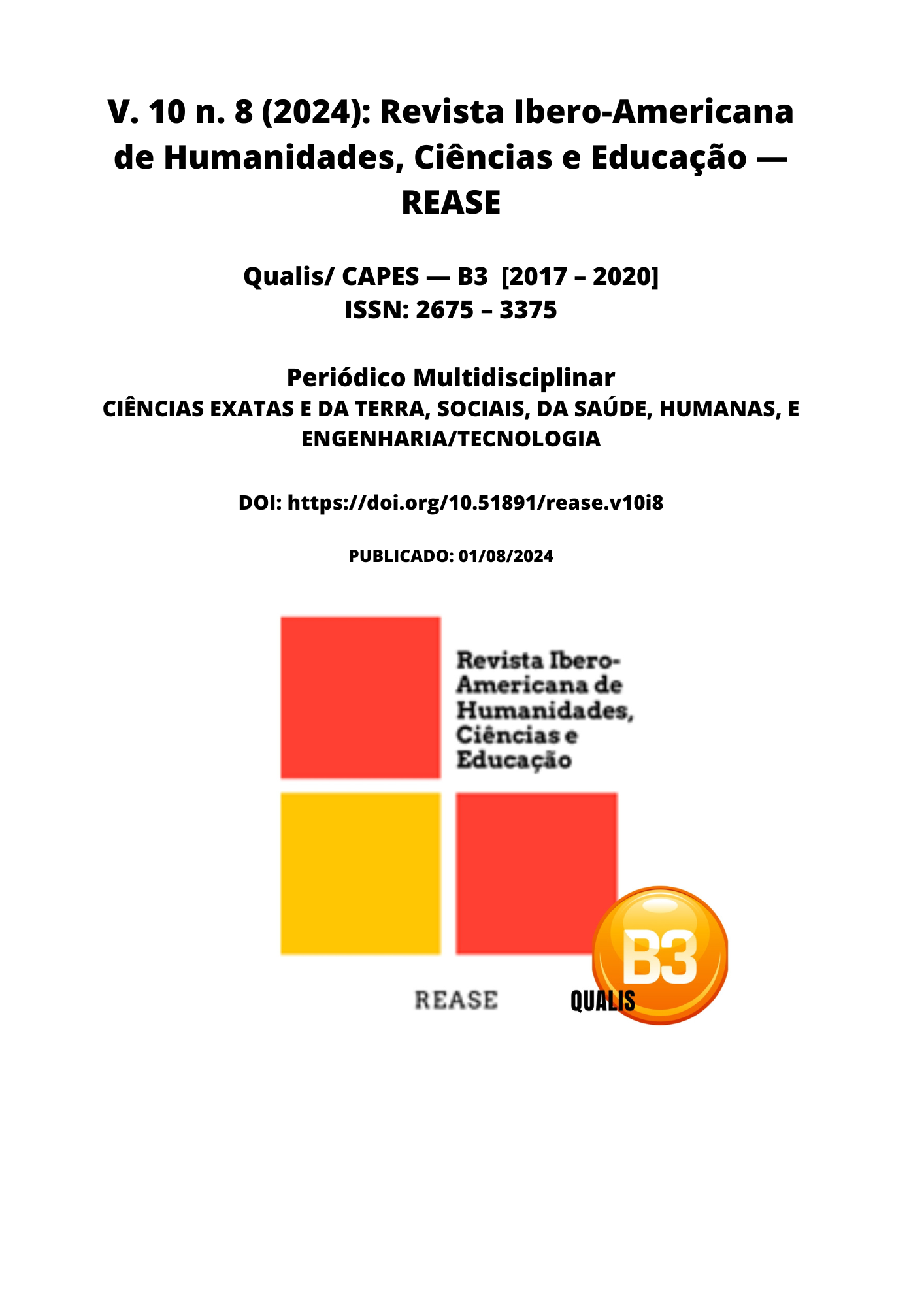CONTEXTUALIZATION OF THE ORIGIN AND EXPANSION OF HIV/AIDS
DOI:
https://doi.org/10.51891/rease.v10i8.15382Keywords:
HIV/AIDS. Origin. Forms of transmission.Abstract
HIV/AIDS is still a major global public health problem. When left untreated, it infects and spreads very easily. According to UNAIDS data, since the beginning of the epidemic, at least 85.6 million people have been infected with HIV, of which 40.4 million have died from causes associated with AIDS. In this research, we contextualize the origin and expansion of AIDS. This is a literature review research, carried out through articles indexed in databases with institutional access. The databases used were PubMed, Cochrane Library, Embase, CINAHL and Web of Science. For the study to be included, it should meet the following eligibility criteria: be published in a peer-reviewed journal; studies with a quantitative approach, including relevant methodology and results; primary studies; to be published by May 2024; and be published in English, Portuguese or Spanish. Knowledge of the history and means of propagation can help improve control strategies for this important epidemic.
Downloads
Downloads
Published
How to Cite
Issue
Section
Categories
License
Atribuição CC BY

